Steep The Best Loose Leaf Tea
July 01, 2025
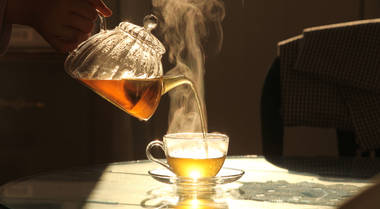
How to Brew Better Tea: The Goldilocks Guide
Tea and the Heat: How Temperature Affects Flavor
When it comes to brewing tea, most people focus on leaf type or steep time. But one of the biggest factors to how your cup tastes is actually temperature. Whether you're working with a delicate green or a bold black, the heat of your water has a huge impact on the flavors that make it into your mug.Let’s explore how temperature affects your brew, how to find the sweet spot for different teas, and what to do if your cup just doesn’t taste right.
Why Water Temperature Matters
Tea might seem simple. I mean, it’s just leaves and hot water, right? In fact, there’s a lot happening in that cup. The temperature of the water controls how quickly (and how much) flavor is pulled from the leaves. Go too hot, and you might end up with bitterness or astringency. Go too cool, and your tea could taste weak or flat.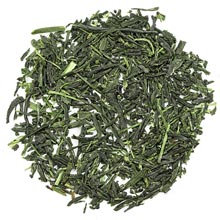
Different teas contain different compounds that respond to heat in different ways. Catechins, for example, are a type of antioxidant common in green tea. These are great for health, but when exposed to very hot water, they can turn harsh and overly bitter. More oxidized teas like black or oolong tend to hold up better to higher temperatures, and in some cases, they need that heat to fully express their richness.
The short version? The heat of the water acts like a flavor switch, turning certain taste notes on or off.
Finding the Right Temperature for Your Tea
If you’ve ever had green tea that tasted more like boiled spinach than peaches and hibiscus, you’re not alone. Many people make the mistake of pouring boiling water over delicate leaves, which scorches the tea and brings out unpleasant flavors.Here’s a quick guide to help you get it right:
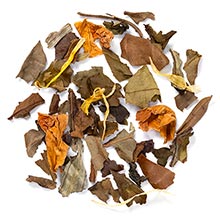
Green and white teas usually prefer cooler water, around 160 to 175°F. That helps preserve their sweetness and floral or grassy notes.
Oolong teas vary, but a range between 180 to 200°F works for most. Lower heat brings out lighter floral notes, while hotter water can unlock more toasty or roasted qualities.
Black and pu-erh teas, along with herbal blends, are more forgiving. They typically need water close to boiling, around 200 to 212°F, to fully release their bold flavors and aromatic oils.
You could always do this by simply letting your water sit for a minute or two after boiling (if you’re aiming for a cooler brew). But to really let your tea brew to its full potential, having more control over water temperature is a must. A kettle with temperature settings is the easiest way to do this.
Either way, you’ll get the hang of it with practice.
What Happens When You Brew Too Hot or Too Cool
Brew a tea at the wrong temperature and it can lose all its charm.If the water’s too hot for the tea type, you might notice a bitter, dry feeling on your tongue or a kind of sharp, vegetal bite. This happens a lot with green and white teas. The delicate compounds inside them break down or get over-extracted, leading to unpleasant flavors.
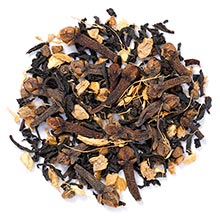
If the water’s too cool, on the other hand, the tea may taste thin, bland, or underwhelming. This is especially true for black teas, which rely on higher temperatures to unlock their deeper notes like malt, spice, and chocolate.
Paying attention to temperature is one of the easiest ways to elevate your everyday cup. The best part? No special gear or training is required!
Brewing Tips for Better Flavor
If you want to up your brewing game right away, just a few simple adjustments can help your tea taste significantly better:- Let freshly boiled water cool for 1 to 3 minutes before pouring it over green or white tea. - Use glass or porcelain teapots, which don’t hold too much heat and are great for temperature-sensitive brews.
- When in doubt, try a test steep. Brew half a cup at a slightly lower temperature and taste the difference. It’s the best way to find your ideal flavor balance. Even your cup matters. Preheating a mug or teapot can help keep temperatures stable during steeping, especially if your kitchen is chilly or you’re making a small batch.
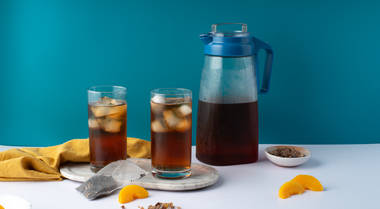
Tea Temperature Tricks for Hot Days
In the heat of summer, you don’t always want to sip a steaming cup. Luckily, you can still enjoy the full flavor of tea without breaking a sweat.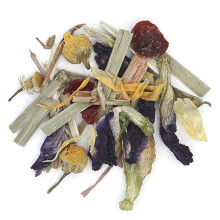
Cold brewing is a great option. Just add your tea leaves to cold water and let them steep in the fridge for 6 to 12 hours. You can also use tea that’s been packaged into pre-portioned Cold Brew Pouches for even easier steeping! This slower method pulls out smoother, more delicate flavors and avoids bitterness completely, and is preferable to steeping a tea hot and then pouring over ice.
If you must do the latter, be aware that this will dilute the flavor and possibly even change it slightly. For this approach, aim for the correct steeping temperature, then cool the tea after it’s infused. Avoid pouring boiling water over ice, as this dilutes the tea even faster and can mute the flavors you just worked so hard to extract.

You can also try teas that are naturally vibrant and bold when served cold, like hibiscus, mint blends, or fruit-forward rooibos. These hold their flavor even after being chilled.
What to Do When Your Tea Tastes Off
One very rudimentary but effective way of achieving the perfect brew is by paying attention to the one you’ve already steeped. Here are a few indicators you can use to adjust temperature and technique next time:- If your tea is bitter, lower the water temperature or shorten the steep time next time around. - If the flavor is too weak, try using slightly hotter water or adding a little more tea. - For iced teas that seem dull, check your leaf-to-water ratio. You might need more tea for cold brewing to get that satisfying flavor.
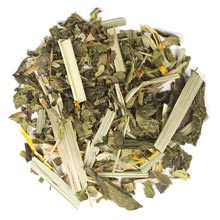
Experimenting is part of the fun. Once you start playing with temperature, you’ll notice how different even your favorite blends can taste.
Water temperature is an important flavor tool that gives anyone–novice or advanced brewer—a chance at the perfect steep. Getting it right brings out the best in your tea, whether you’re enjoying a hot cup on a rainy afternoon or a cool glass on a blazing summer day.
So the next time you brew, pay attention to the heat. It might just be the key to unlocking a whole new world of flavor.